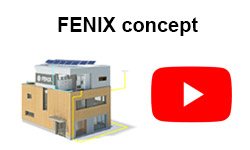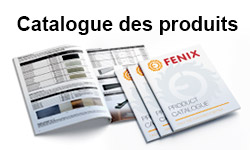Frequently asked questions – REGULATION
Question:
Which thermostats are suitable for each type of heating?
Answer:
For floor heating a thermostat with a floor probe and the option of regulating/limiting the temperature of the floor itself should be chosen. For the regulation of ceiling heating and heating with heating cables, room thermostats or thermostats with a room sensor should be chosen. Thermostats with the option of connecting humidity and temperature sensors are intended for use in the protection of gutters and downpipes. In order to protect pipes against freezing, a thermostat with the option of connection to a temperature sensor placed on the pipes must be selected.
Question:
What is the difference between central and local temperature regulation?
Answer:
Local regulation means that controllers (thermostats) function independently in each heated area (zone). Operating and setting can only be done directly on the device itself which is placed in the heated room. If you wish to change the heating mode or get information about the temperature in a given room, you have to go to each thermostat and make the change or reading. In the case of central regulation, you control the heating in all zones from one place, directly via a control unit or a PC, mobile telephone, tablet… The heated zones can be checked and the setting can be changed via a text message or the internet, by anyone and from any place.
Question:
What do the terms pilot wire, non-freezing temperature and attenuation mean in connection with electric convection heaters?
Answer:
Pilot wires are designated to enable switching between comfort and attenuation modes. Physically, a pilot wire is a conductor that forms part of the convection heater’s supply lead (usually black). If you supply mains voltage to this conductor, the convection heater switches to the attenuation mode. Attenuation means a drop of 4 to 5 °C below the set temperature. Attenuation management regulators can be used in order to control the attenuation mode (see regulation – Controllers for attenuation management and programmable time switches). Non-freezing temperature is a mode which guarantees the user that even if the building isn't heated permanently, the temperature will not drop under freezing point and thus the freezing of equipment in the building will be prevented.

